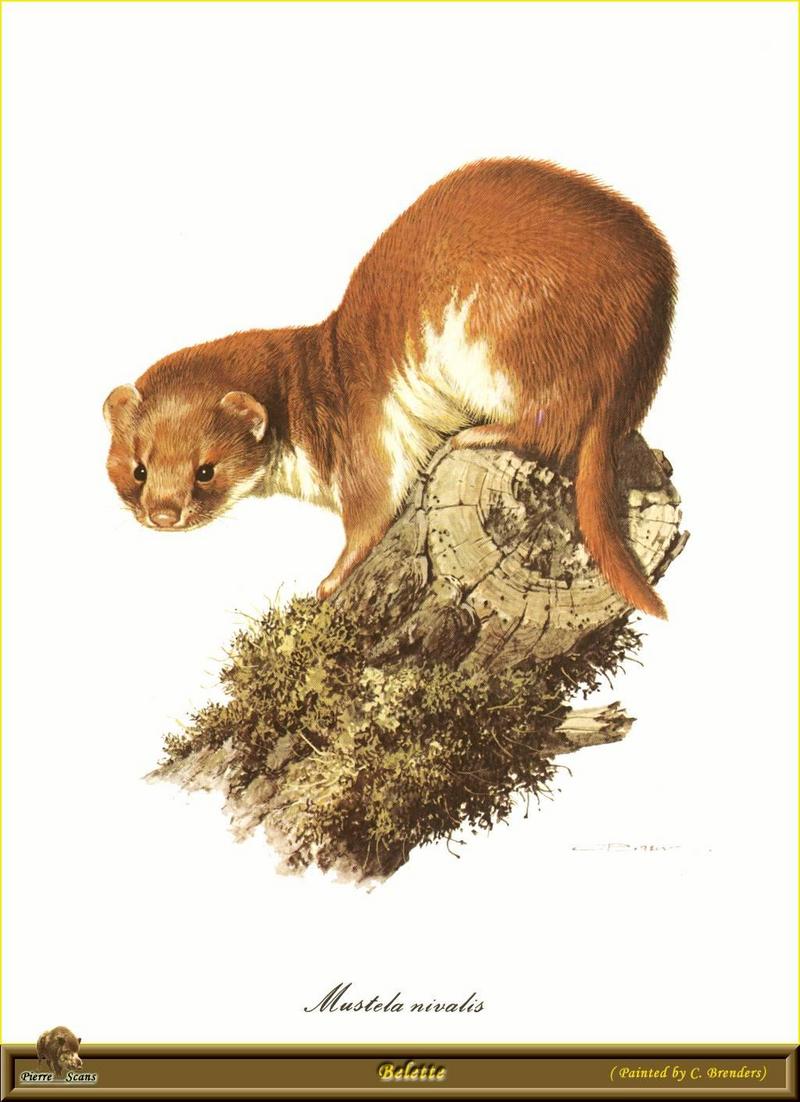|
[Animal Art - Carl Brenders] Least Weasel (Mustela nivalis) (무산쇠족제비)
| 제목: | [Animal Art - Carl Brenders] Least Weasel (Mustela nivalis) (무산쇠족제비)
| |

| 해상도: 1024x1410
파일크기: 146549 Bytes
등록시간: 2004:12:21 16:09:25
|
From: Pierre@home.be (Pierre)
Subject: New : File 3 of 9 - PO_Pwl_01_Belette.jpg
Date: Wed, 12 Jul 2000 17:21:14 GMT
Newsgroups: alt.binaries.pictures.animals,alt.binaries.pictures.artpics
The Least Weasel (Mustela nivalis), is the smallest member of the genus Mustela, and indeed in the entire order carnivora. |
^o^
동물그림창고 똑똑전화 누리집
^o^
|
|